If i have 2 columns viz., ID & Name, ID column containing duplicates, and if i want to group by ID to get unique ID's but name column should be a comma-separated list, can this be possible in Google Query?
| ID | Name |
===============
| 1001 | abc |
---------------
| 1001 | def |
---------------
| 1002 | kjg |
---------------
| 1003 | aof |
---------------
| 1003 | lmi |
---------------
| 1004 | xyz |
---------------
into
| ID | Name |
====================
| 1001 | abc, def |
--------------------
| 1002 | kjg |
--------------------
| 1003 | aof, lmi |
--------------------
| 1004 | xyz |
--------------------



